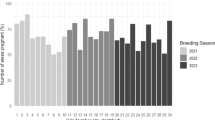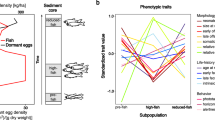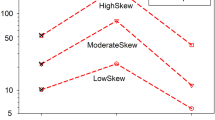Abstract
IN Nature of November 11, S. L. Rabasa1 discusses the reduction in genetic variability which can take place in a population bred by artificial insemination. The problem he raises is not peculiar to populations bred in this way, but is a general one which must be faced in any population in which the parents of later generations are selected out of the whole number of adults available. The reduction in genetic variability resulting from using only a small number of animals as parents, and the loss of vigour which usually accompanies the unavoidable inbreeding, has to be weighed against the benefits resulting from the genetic superiority of the parents selected—a genetic superiority which can be increased only if the selected fraction is allowed to decrease. Artificial insemination makes it possible to have a smaller ratio of parents to non-parents but otherwise leaves the situation unchanged.
This is a preview of subscription content, access via your institution
Access options
Subscribe to this journal
Receive 51 print issues and online access
$199.00 per year
only $3.90 per issue
Buy this article
- Purchase on SpringerLink
- Instant access to full article PDF
Prices may be subject to local taxes which are calculated during checkout
Similar content being viewed by others
References
Rabasa, S. L., Nature, 166, 821 (1950).
Wright, S., Genetics, 16, 97 (1931).
Wright, S., Proc. 32nd Ann. Meeting, Amer. Soc. Animal Production, 18 (1939).
Rendel, J. M., and Robertson, A., Scot. Agric., 30, 79 (1950).
Author information
Authors and Affiliations
Rights and permissions
About this article
Cite this article
RENDEL, J., ROBERTSON, A. Genetic Variability and Artificial Insemination. Nature 167, 320 (1951). https://doi.org/10.1038/167320a0
Issue date:
DOI: https://doi.org/10.1038/167320a0



